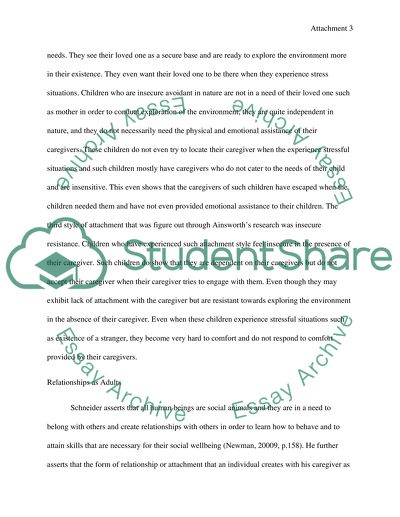Cite this document
(“Psychology Essay Example | Topics and Well Written Essays - 1000 words - 6”, n.d.)
Retrieved from https://studentshare.org/psychology/1472284-psychology
Retrieved from https://studentshare.org/psychology/1472284-psychology
(Psychology Essay Example | Topics and Well Written Essays - 1000 Words - 6)
https://studentshare.org/psychology/1472284-psychology.
https://studentshare.org/psychology/1472284-psychology.
“Psychology Essay Example | Topics and Well Written Essays - 1000 Words - 6”, n.d. https://studentshare.org/psychology/1472284-psychology.


